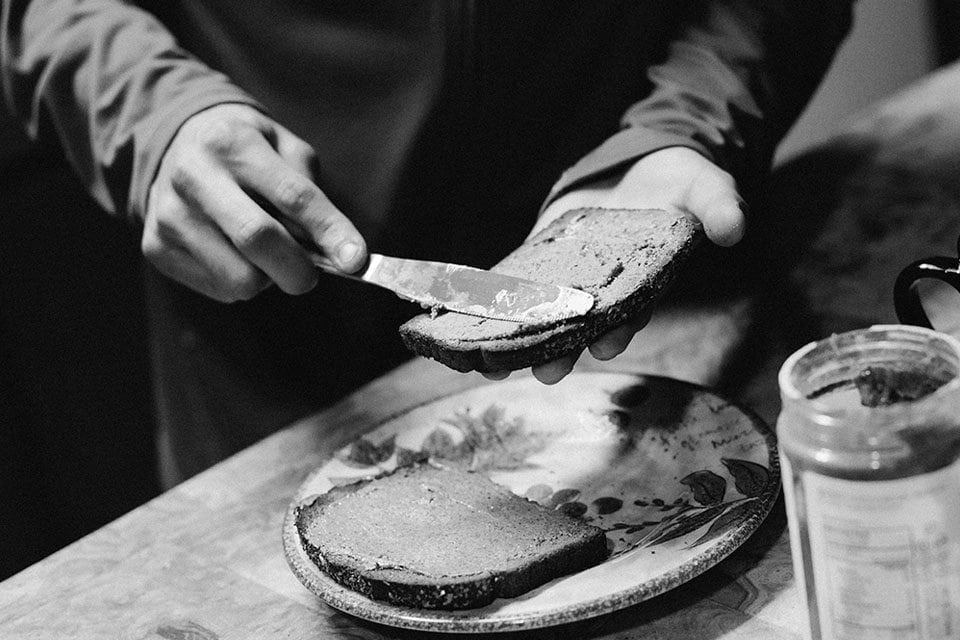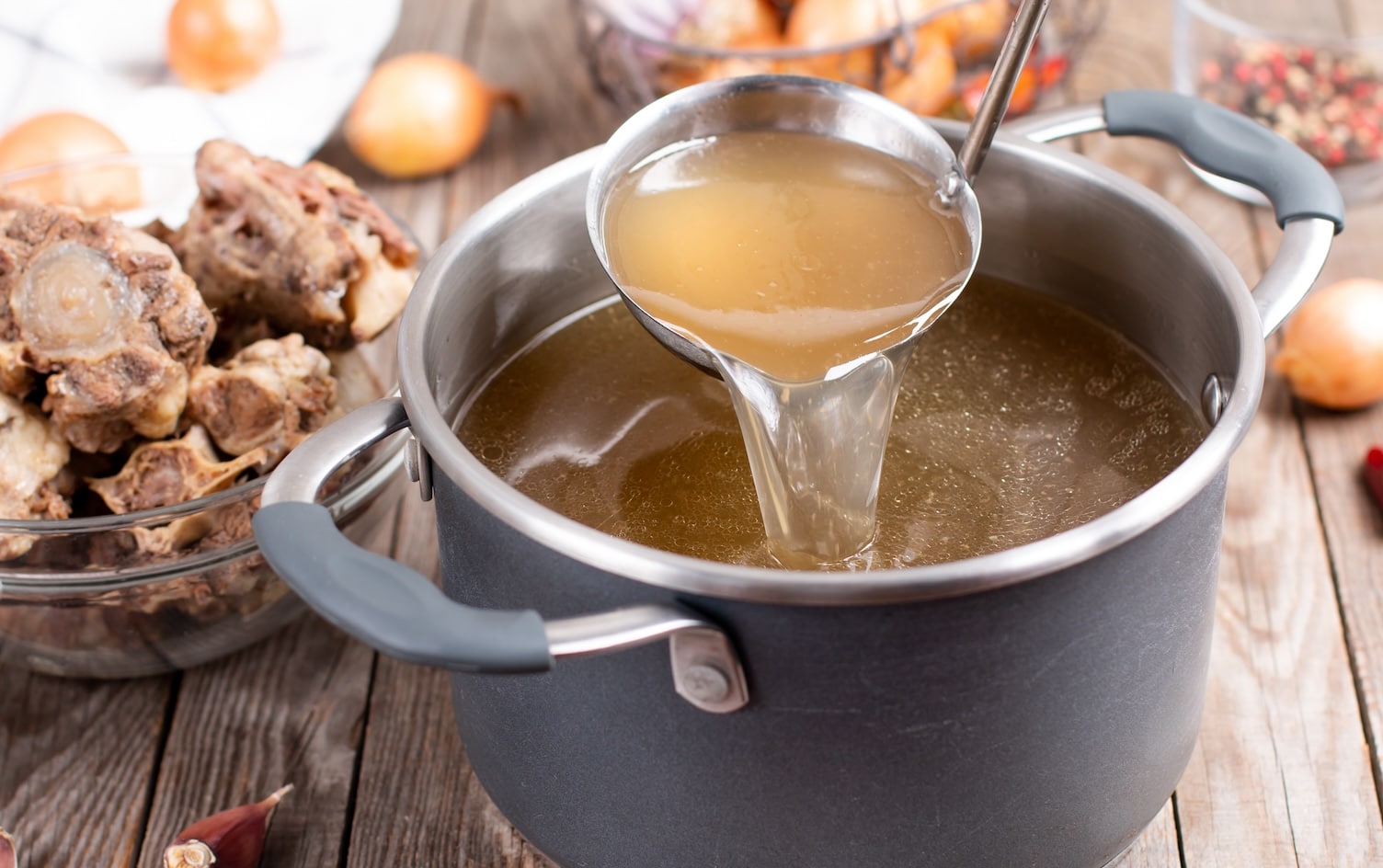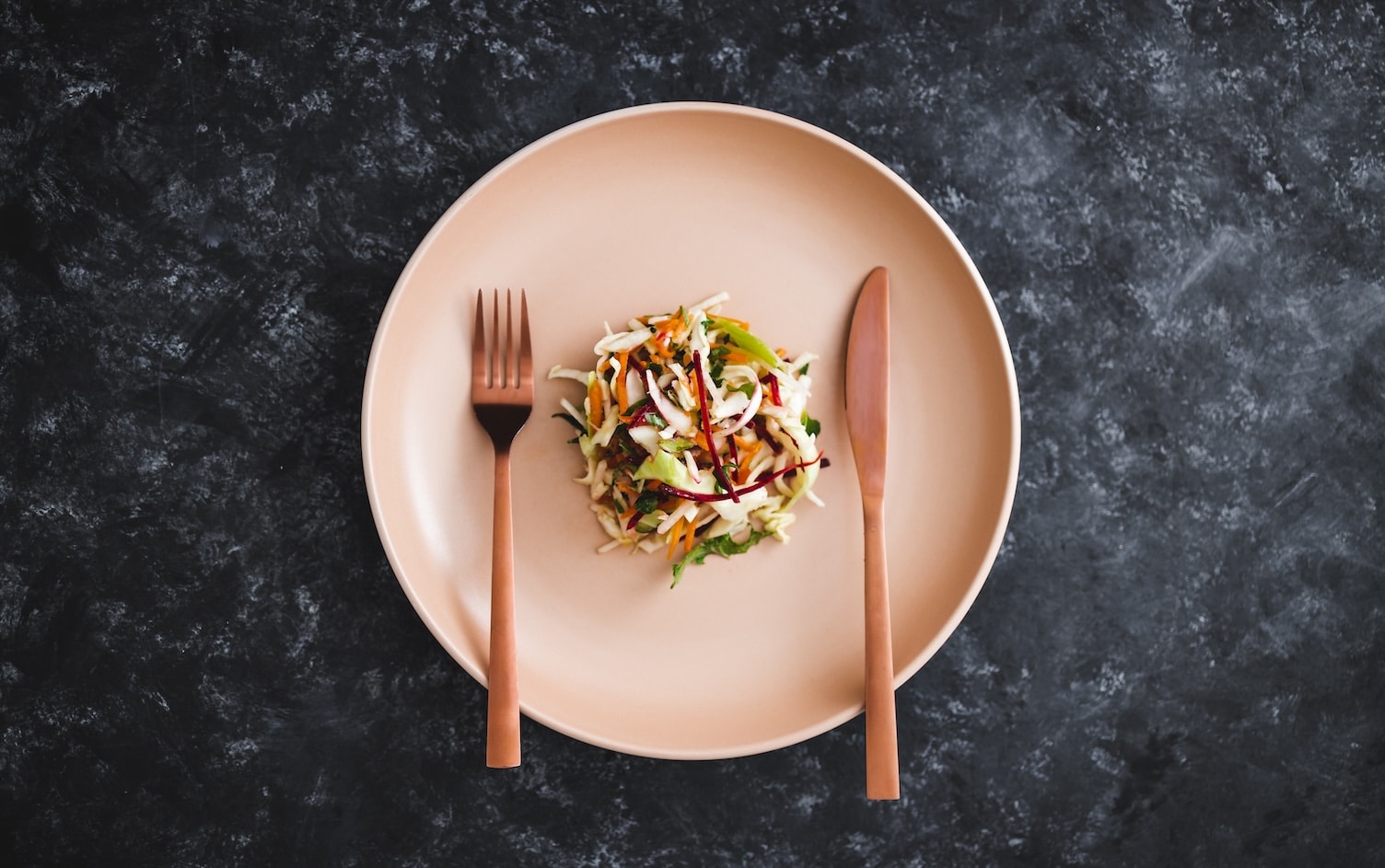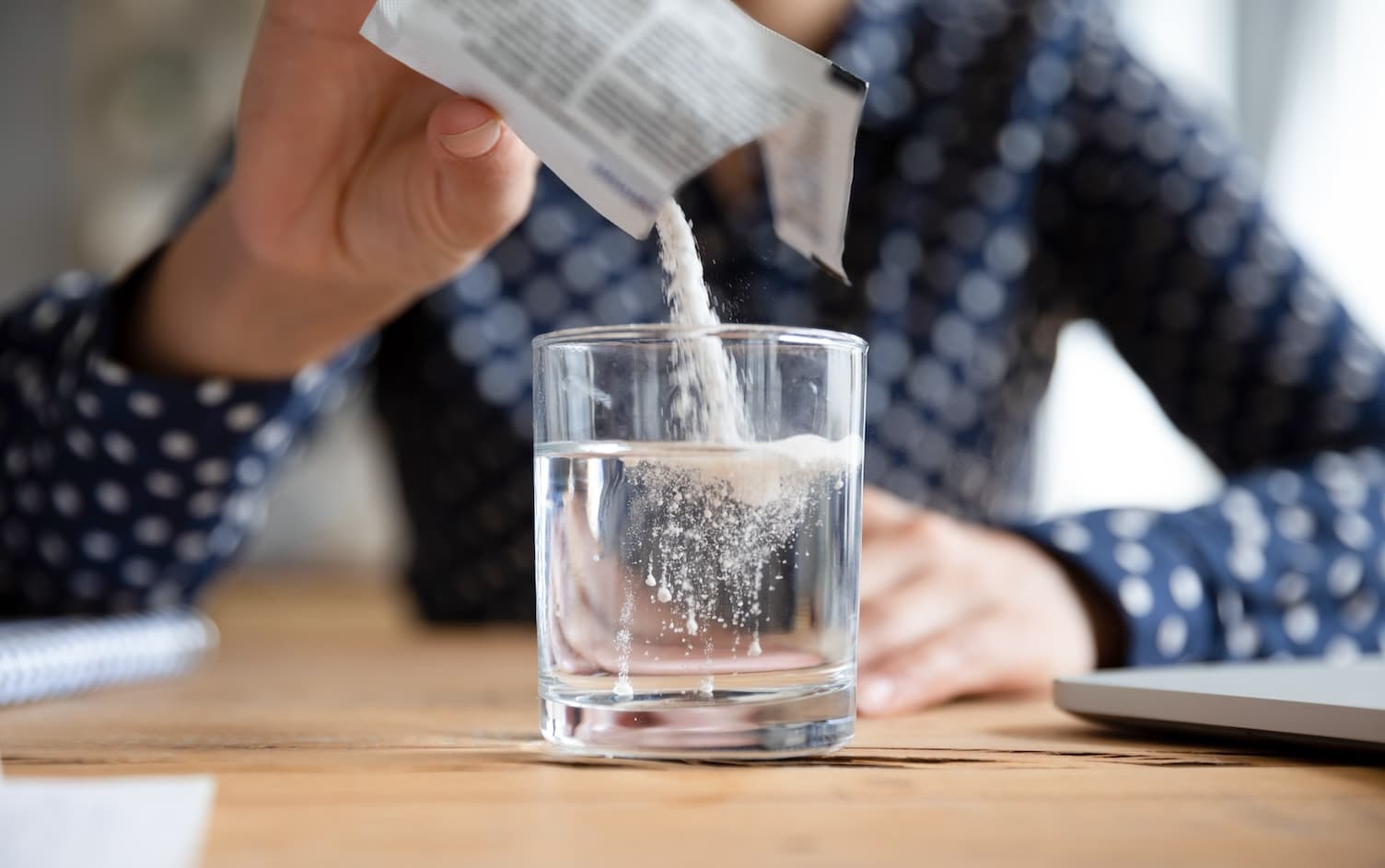Packaged foods are under scrutiny more than ever these days. Now, there’s something else to look out for next time you pick up a box. As it turns out, the visual representation of foods on packages may significantly impact how many calories you eat — a number that is often higher than intended.
Taking a Closer Look at Food Packaging
Researchers at the Cornell University Food and Brand Lab found that, more often than not, extras like frosting pictured on a cake are not included in the Nutrition Facts, and the portion size portrayed may be larger than the recommended serving size.
The research looked at foods that are more indulgent, like packaged cake mix and ice cream. For cake mixes, researchers found that the picture on front contained 134% more calories than the recommended serving size, which would be a smaller slice sans frosting. Ice cream pictures were found to contain on average 130% more calories than the recommended ½ cup serving size.
Simply put, the enticing image on the box may influence the amount of food you eat more than the Nutrition Facts do.
Packaged foods are photographed to show how we might eat them at home. That dreamy stack of buttermilk pancakes? The syrup is considered a garnish and is not likely calculated in the Nutrition Facts. That cupcake with the fluffy cream cheese frosting? The sweet topping adds more calories, fat and sugar than you’ll see in the Nutrition Facts.
There’s nothing wrong with enjoying these foods from time to time. However, it’s important not to be misled by calorie counts that don’t reflect how we typically eat. Visual cues can impact your eating habits — sometimes subconsciously.
But there’s hope. When study participants were given the nutrition information and were made aware of the discrepancy, they served themselves a smaller, less caloric portion.
Level-Up Your Serving Savviness
The typical advice would be to avoid packaged foods like cake mix or pancakes, but that’s just not realistic. If you choose to eat these foods, try these tips to be more mindful when plating:
- Don’t rely on the picture on front of the box. Flip it over to check the true serving size on the Nutrition Facts label.
- Read the fine print. Sometimes you’ll learn which, if any, of the extras pictured are included in the Nutrition Facts. If there’s no fine print, read between the lines, and look beyond the photos.
- Serve a smaller slice. Plate up the serving size listed on the Nutrition Facts panel versus the portion portrayed on the package. The front of the package is a marketing tool. The Nutrition Facts panel tells the real story.
- Think about the extras. Know that, unless otherwise stated, garnishes are not usually included in the Nutrition Facts. Be mindful that frosting, syrup and other garnishes will drive calories up.
- Log your meals in MyFitnessPal. If you end up going back for that second slice of cake, logging your food in MyFitnessPal will add accountability and mindfulness that will allow you to both eat your cake and achieve your health and fitness goals.
Now that calories are popping up on restaurant menus, read the fine print there, too. Better yet, use the restaurant logging feature in the app to make smarter choices and log your meals on the go. Just keep in mind the portions plated in restaurants may not always match the nutrition information provided on the menu. Adding cheese, condiments, sauces or the all-too-hard-to-resist butter on bread can send your calorie intake over the edge.
So, it seems that what you see is not always what you get. Who would have pegged that gorgeous hunk of cake or those cute frosted sugar cookies to be the calorie culprit? Sneaky!




